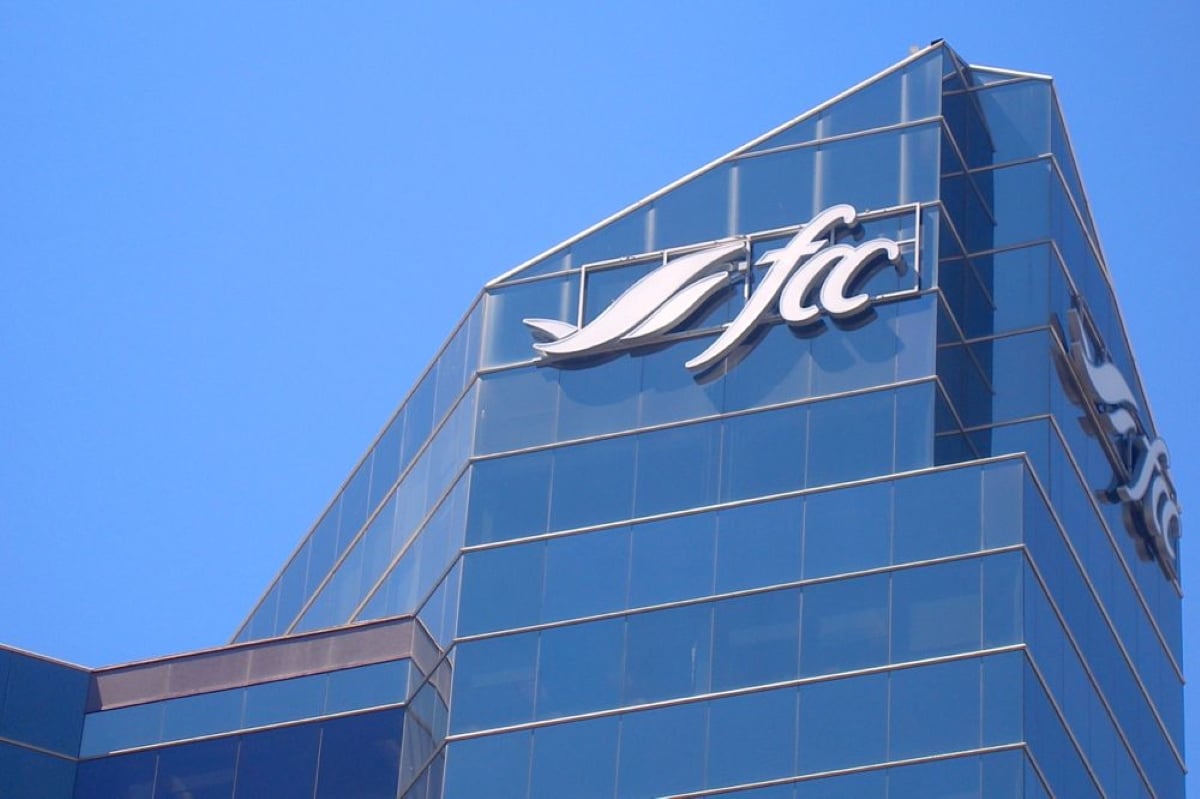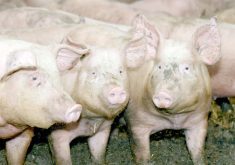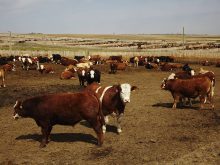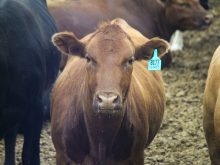Deborah Haines and her partners are milking the cattle market to build their business.
From humble beginnings in labs and basements, Saskatoon Colostrum Co. Ltd. now fills a former agricultural sprayer warehouse in Saskatoon’s north end.
“It’s been a lot of work. If we knew how much work, we probably never would have done it,” said Haines, a professor and immunology researcher at the Western College of Veterinary Medicine at the University of Saskatchewan.
Her research on the passive transmission of maternal antibodies from cow to calf, when reported to livestock producers in 1990, created instant demand for high quality colostrum.
Read Also

Lending policy still focused on primary producers: Farm Credit Canada
Farm Credit Canada said it has not changed its business practices and remains committed to supporting all producers, after a report from an Ottawa-based media outlet claimed otherwise.
“We tested the replacement colostrum products that were available on the market at the time and found they had little or no active IgG,” she said. “Farmers came to us and said, ‘OK where do we get the good stuff?’ “
IgG is an immunoglobulin that in newborn animals prevents disease. It is passed through the placenta, but mostly it arrives in colostrum during a calf’s first feedings.
Research in recent years has linked failure to receive colostrum, IgG and a variety of other important compounds in the first six hours of a calf’s life to reduced performance in later life.
After six hours has passed, the gut begins to harden to the absorption of the IgG molecule by sloughing off specialized receptor cells.
“This is more than preventing scours. This is about the rest of the animal’s life,” Haines said.
Dairy industry research has pegged the cost of not receiving colostrum in a calf’s first hours of life at more than $1,000 per animal in lost performance.
Dairy heifers that receive colostrum early begin milking an average of two months earlier than those that get little or none.
SCC sales have risen from $300,000 annually in 2000 to what the company expects will be $4.5 million for 2006.
“We have been experiencing 40 percent growth year upon year and we still have challenges keeping up with demand,” said Haines.
SCC now employs eight full-time and seven part-time staff, as well as 20 casual workers.
The company buys and collects colostrum from more than 1,200 dairy farms stretching from British Columbia to Quebec.
Farmers are given freezers and trained in how to handle the product. Every six weeks the frozen material is collected and shipped to Saskatoon where it remains frozen.
Core samples are taken to ensure that the colostrum has more than 50 grams per litre of IgG.
From Saskatoon, the frozen material is crushed and placed in a tanker truck and then hauled to a drying facility in Barrhead, Alta. After a week of processing, including specialized pasteurization, mini-bulk bags of dried colostrum are trucked back to Saskatoon where it’s again tested for IgG content, as well as diseases such as Mycobacterium paratuberculosis and salmonella.
The product is given to live calves and blood from those animals is tested for IgG uptake.
Samples are sent to the Canadian Food Inspection Agency in Ottawa for lab tests that mirror SCC tests.
Dairy producers working to avoid Johne’s disease remove their newborn calves from cows at birth and feed colostrum products such as SCC’s Headstart to prevent M. paratuberculosis being passed from cow to calf. These programs have increased the demand for high quality colostrum.
Today the Japanese market makes up 50 percent of sales for SCC and recent expansions into the United States are adding to demand.
“We’re 90 percent export based. When fuel goes up, it hurts us. When the dollar goes up, it hurts us. We have a six month lag between buying colostrum from producers, getting it to market and getting paid, so climbing interest rates hit us too,” Haines said.
“It’s a lot like other agricultural industries in those ways.”
The company sees its future as expansion in the Asian market, including manufacturing in that region.
Saskatoon Colostrum’s success was recognized in May by the University of Saskatchewan with a $5,000 award for commercializing its research.














